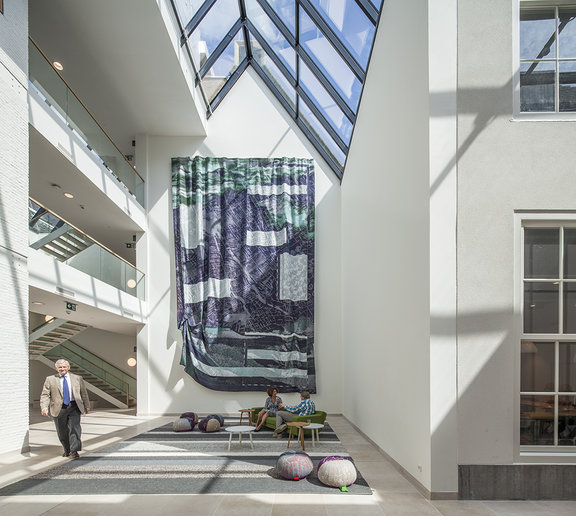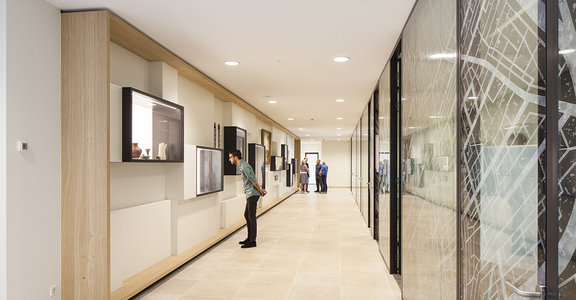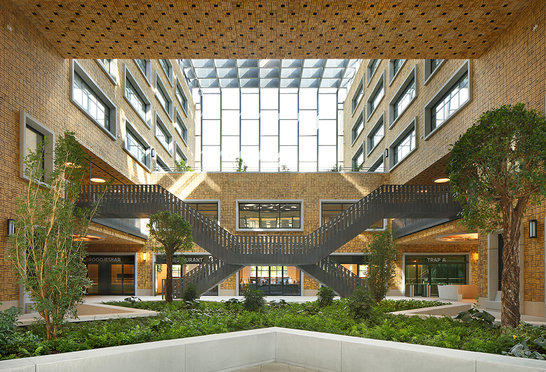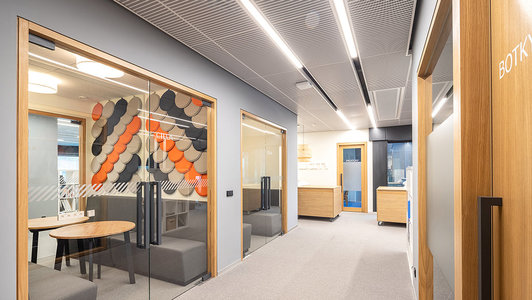
Architecture Gets Active on Climate Change
12 years. That’s how long, in 2018, a report from the UN’s Intergovernmental Panel on Climate Change (IPCC) gave us to limit ecological catastrophe – and the clock is ticking.
If we are to swerve the impact of global warming, drought, flooding and more, every industry needs to play its part. Construction has long been doing so – but there’s always more that can be done. So, how might we go beyond the requirements of codes like LEED and BREEAM, creating projects that actively combat climate change?
A beacon of hope
At the centre of this Expo 2020 world-shaping show in Dubai: the Sustainability Pavilion. If architects are looking at more active ways to curb climate change, that’s the ideal place to start.
The green principles built into the self-sufficient pavilion show what can be achieved when we build beyond codes. The living envelope, for example, covers part of the structure with vegetation-clad roofs and garden walls, creating a standout aesthetic while blending with the natural world. Internally, the combination of shaped and sloping ceilings, wooden beams and glass façade provide an unpowered balance of heat and cool for thermal comfort in the Dubai heat – just as they flood the building with natural light.

Crucially, too, the materials used are recyclable – so, even as it stands long after 2021 as a mixed-use exhibition space, when it comes to tear-down, nothing will be wasted.
We’ll be seeing much more of this in the coming years, with many practices experimenting, particularly, with bamboo as a sustainable building resource, amongst other renewable materials. Our buildings, it seems, will get closer to nature, while minimising their impact on it.
Above all, however, the Sustainability Pavilion raises an important point that we need to remember when building greener: that sustainability can be an aesthetic in itself. The pavilion’s ‘energy trees’, its cultivated greenery and natural structure combine in a fusion of looks and performance – a critical lesson for developers who dare to experiment; to go beyond box ticking and uniform design.

Smart sustainability in the ceiling space
It’s easy to be cynical about the practical applications of the Sustainability Pavilion in the regulation-driven bounds of the everyday. But its principles of passive sustainability can easily be applied to interior spaces.
For instance, passive heating and cooling: ceiling systems can passively absorb heat in the day, then release it at night, creating a constant, comfortable temperature around the clock. Similarly, high-reflectance, bright white ceiling systems can play their part in distributing natural light throughout a space, reducing reliance on artificial lighting.
Finally, recycling. Cradle to Cradle Certified® systems ensure that all materials used in a ceiling can be reused over multiple lifetimes, while teams are increasingly working hard to reduce waste sent to landfill, as well as cutting the carbon cost of transporting lightweight systems to sites. But, once again, there’s always more that can be done.
On the way to 2022 and beyond, we should expect more. More natural and recyclable materials used. More smart systems that passively reduce energy consumption and increase self-sufficiency. More thinking about how sustainability can permeate into every aspect of the build – and, in fact, every aspect of our lives. Because if we’re to avoid climaticcatastrophe within our own lifetimes, we need to get active on climate change right now.
